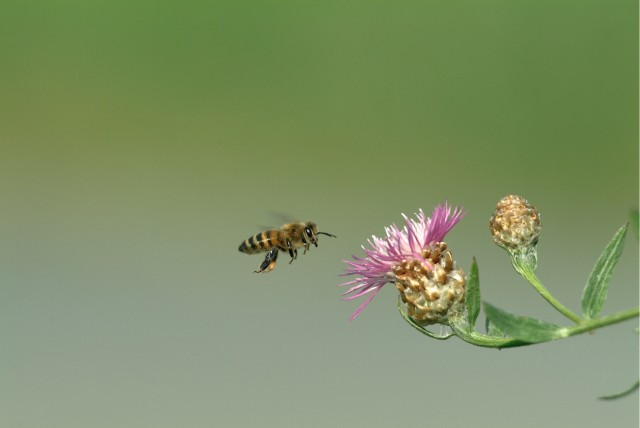September 25, 2017

The Coalition for Urban/Rural Environmental Stewardship (CURES), with support from Syngenta, has released an educational film showcasing best-management practices (BMPs) for protecting pollinators on farms and urban landscapes.
“Because farmland treated for pests is often shared by pollinators, it is important to help farmers and pesticide applicators understand how best to control damaging crop pests, while minimizing the impact on pollinators,” said Parry Klassen, executive director, CURES, and the film’s producer and narrator. “Additionally, proper pesticide use should protect pollinators’ forage and habitat.”
In the film, “Pollinators and Pesticide Stewardship,” Klassen shares BMPs set forth in the brochure of the same name. These guidelines include reading and following pesticide label directions and precautions—and using integrated pest management (IPM), an approach that takes into account the unique chemical, cultural, mechanical and biological aspects of a farmer’s operation to inform a customized pest-management program.
“Many crops are dependent upon the pollination role provided by bees and other pollinators, and it is incumbent on farmers and crop input providers to protect pollinators, while managing crop pests and improving crop yields,” said Caydee Savinelli, pollinator and IPM stewardship lead, Syngenta. “Delivering crop protection products brings the responsibility to educate farmers and applicators on BMPs for using these important inputs in a safe and environmentally sustainable way.”
You May Also Like




